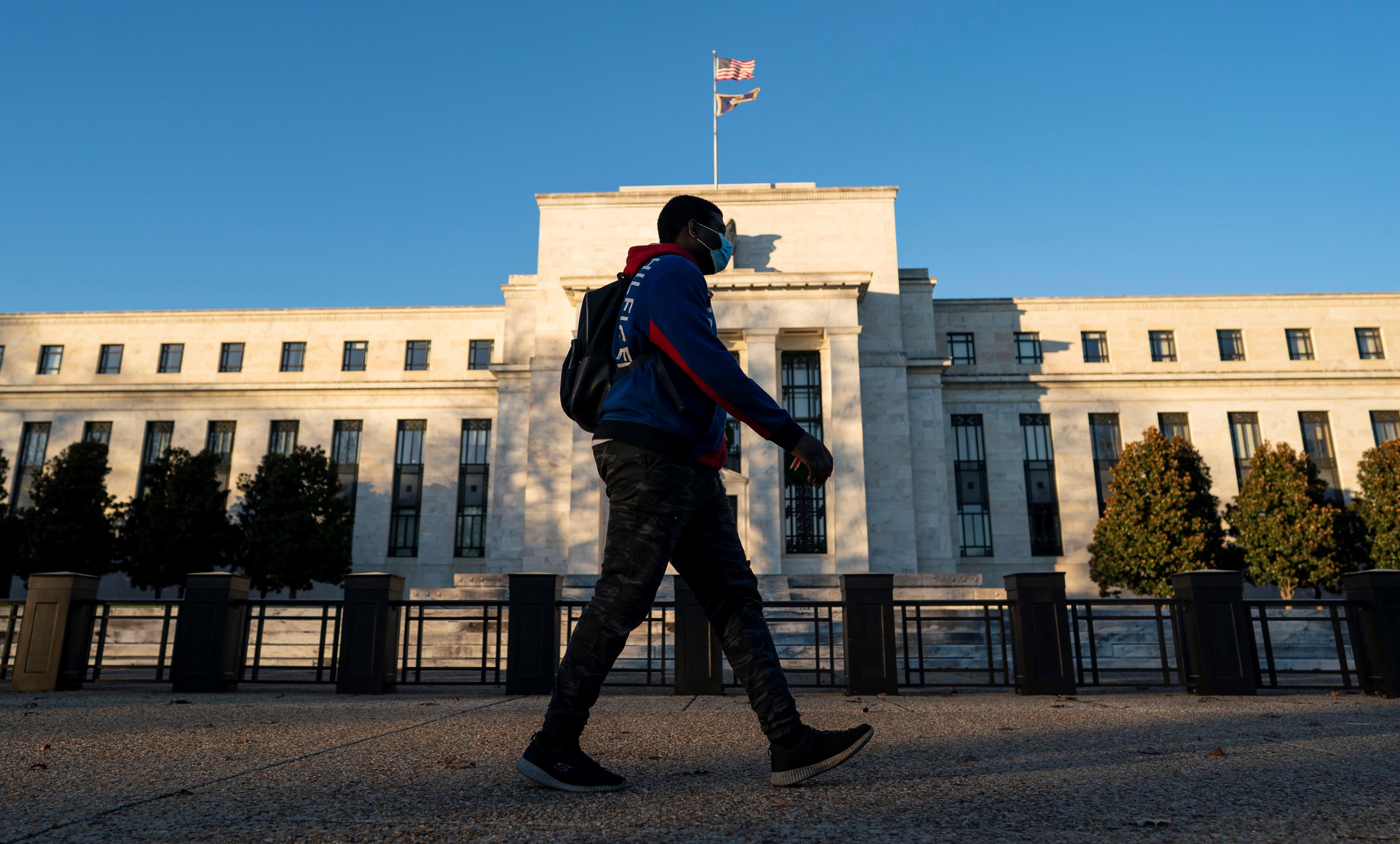Although a second stimulus plan is still up in the air, the Federal Reserve is determined to push consumer borrowing costs even lower as the economic recovery takes hold — giving everyday Americans a reason to be optimistic.
In addition to holding interest rates near zero, Fed Chairman Jerome Powell said Wednesday the central bank will continue to increase its bond holdings to preserve the flow of credit until the economy gets back to full employment.
“Vaccines do increase the likelihood for a rapid snapback in economic activity, but we have to get from here to there first,” said Greg McBride, chief financial analyst at Bankrate.com.
For now, the Treasury has clipped the Fed’s wings by declining to extend some of its emergency programs and instead diverting the funds to fiscal stimulus. However, once the Biden administration takes over in January and former Fed chief Janet Yellen becomes Treasury Secretary, there is the prospect for greater cooperation, McBride said.
More from Personal Finance:
Extra unemployment benefits may be delayed for weeks
$1,200 stimulus checks are not in the new relief proposal
Here’s what you should do for better financial health in 2021
In the meantime, with millions of people out of work and a growing number of Americans feeling severely cash-strapped, rock-bottom borrowing rates can help, even without getting into the politics of another Covid relief package.
Although the federal funds rate, which is what banks charge one another for short-term borrowing, is not the rate that consumers pay, the Fed’s moves still affect the borrowing and saving rates they see every day.
For example, credit card rates are near a four-year low of 16.03%, down from a high of 17.85% when the Fed started cutting rates last July, according to Bankrate.
Still, for those looking for a stopgap, credits cards are one of the most expensive ways to borrow money.
Further, if delinquencies and defaults begin to rise, card rates will head higher, too, as banks try to shelter themselves from risk, according to Matt Schulz, chief industry analyst at LendingTree, an online loan marketplace.
Getty Images
“It’s a good time for cardholders to focus on knocking down their card debt,” Schulz said. “Whether that means getting a balance transfer credit card, a personal loan or something else, those struggling with debt need to do something.”
In fact, other short-term borrowing rates are significantly lower. The average interest rate on personal loans is currently about 11.92% and home equity lines of credit are as low as 4.78%, according to Bankrate, both notably less than they were before the Fed lowered rates to near zero.
“The key to fully benefiting from the Fed’s actions is to compare rates from different lenders across all financial products and find the best deal,” said Tendayi Kapfidze, chief economist at LendingTree. “Doing so could save you thousands and help you weather this economic storm.”
Two ways consumers can fight back against the falling rate environment are considering long-term CDs and actively shopping for better interest rates in a savings account, a money market account or a CD.
Richard Barrington
senior financial analyst at MoneyRates
Longer-term loans are not directly correlated, but the Fed still has some impact over these rates, as well.
Currently, the average 30-year fixed rate home mortgage is at a record low of 2.99%, according to Bankrate. The economy, the Fed and inflation all have some influence over long-term fixed mortgage rates, which generally are pegged to yields on U.S. Treasury notes.
Homeowners can continue to take advantage of such low rates by refinancing, McBride said. “The most impactful thing households can do is refinance your mortgage because of the ability to cut your payments by $150 to $250 a month.”
However, the ability to refinance — whether it’s a home mortgage, car loan or credit card — can largely depend on employment status.
For those out of work, there are other payment relief options available, at least temporarily.
In addition to student debt relief under the CARES Act, mortgage borrowers can delay monthly payments for up to 180 days on government-backed loans.
Many consumer banks are also offering hardship assistance for those impacted by Covid, such as allowing customers to defer a card payment.
Even utility companies and private student loan servicers are amenable to temporary hardship accommodations, often on a case-by-case basis. “You have to raise your hand and ask for it,” McBride said.
Source: TD Ameritrade
During the pandemic, with most people largely staying home, Americans are saving more than ever.
Although the Fed has no direct influence on deposit rates, those tend to be correlated to changes in the target federal funds rate.
As a result, the average savings account rate is down to a mere 0.05%, or even less, at some of the largest retail banks, according to the Federal Deposit Insurance Corp.
“By the end of 2020’s third quarter, the average savings account rate was less than half of what it had been at the end of 2019,” said Richard Barrington, a senior financial analyst at MoneyRates.
“Two ways consumers can fight back against the falling rate environment are considering long-term CDs and actively shopping for better interest rates in a savings account, a money market account or a CD,” he advised.
For now, top-yielding CD rates are averaging under 1% — only slightly better than a high-yield savings account.
